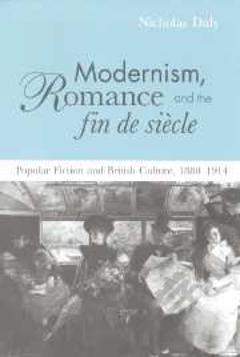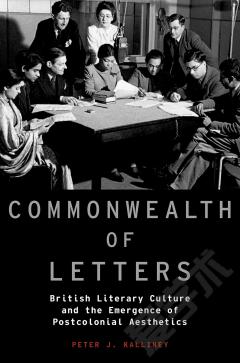Romanticism and Childhood: The Infantilization of British Literary Culture
How and why childhood became so important to such a wide range of Romantic writers has long been one of the central questions of literary historical studies. Ann Wierda Rowland discovers new answers to this question in the rise of a vernacular literary tradition. In the Romantic period the child came fully into its own as the object of increasing social concern and cultural investment; at the same time, modern literary culture consolidated itself along vernacular, national lines. Romanticism and Childhood is the first study to examine the intersections of these historical developments and the first study to demonstrate that a rhetoric of infancy and childhood - the metaphors, images, figures and phrases repeatedly used to represent and conceptualize childhood - enabled Romantic writers to construct a national literary history and culture capable of embracing a wider range of literary forms.
{{comment.content}}








 京公网安备 11010802027623号
京公网安备 11010802027623号